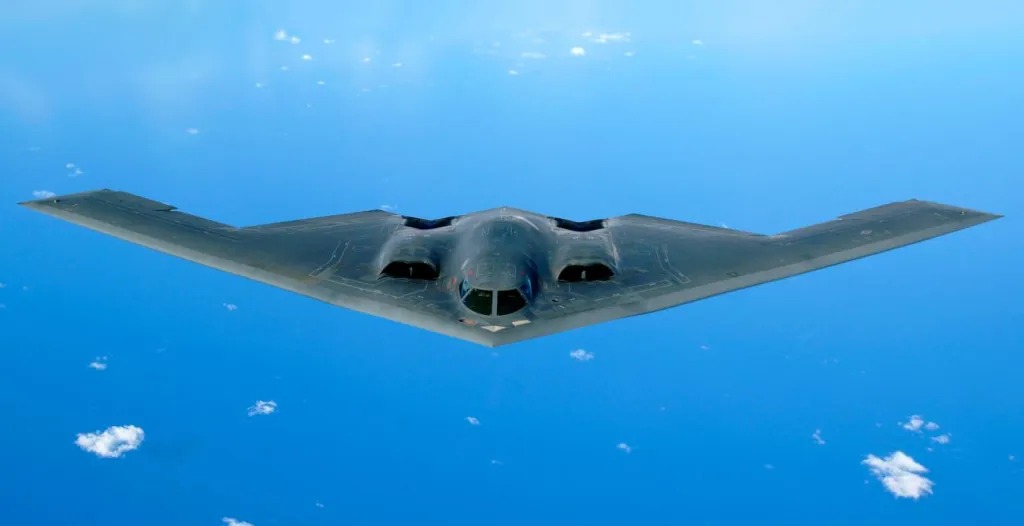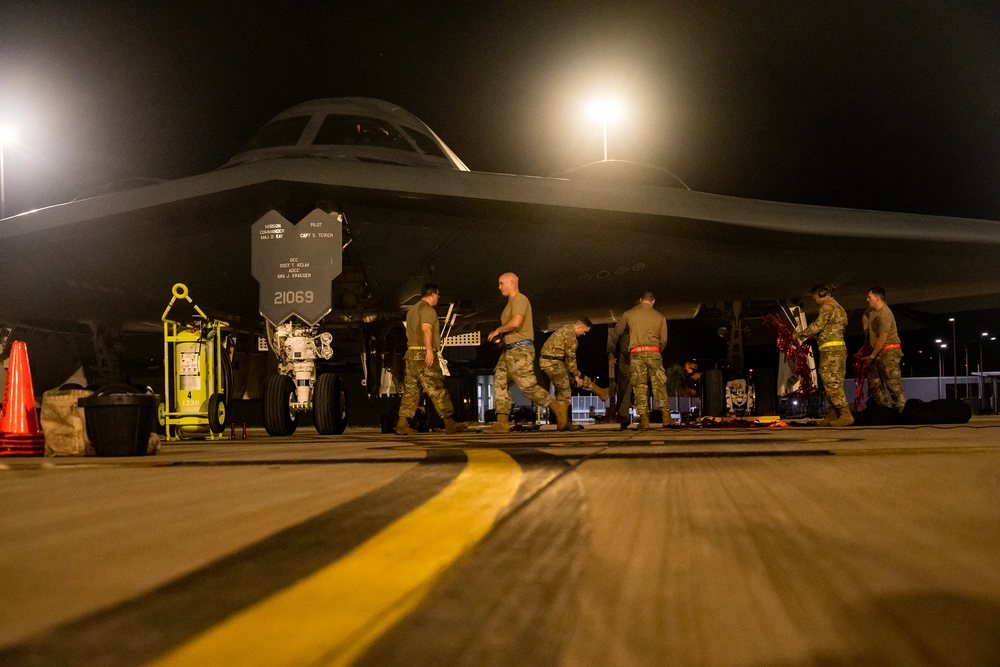Australia has revealed that its air bases provided crucial support for the recent United States airstrike targeting underground Houthi weapons storage facilities in Yemen.
This operation, conducted on October 16, involved the first deployment of B-2 stealth bombers against the Iran-aligned group, which experts said sent a strong message to Tehran.
The US conducted strikes on five underground weapons storage sites located in Houthi-controlled areas of Yemen. These facilities were identified as vital for the group’s military operations, posing a potential threat to global trade routes and the safety of mariners navigating the Red Sea.
The full impact of the bomber strike is still unclear. Nonetheless, US Air Force Maj. Gen. Pat Ryder confirmed that the mission was successful.
Australian defense officials confirmed that Australia facilitated these airstrikes “through access and overflight for US aircraft in northern Australia.”
Although the B-2 bombers did not operate directly from Australian bases, reports suggest that air-to-air refueling operations were conducted to ensure the mission’s success.
This military collaboration is consistent with Australia’s longstanding alliance with the United States and highlights the interoperability of their respective armed forces.
An Australian official stated that the country would continue working alongside partners to deter actions that could jeopardize both global and regional security.
Darwin MP Luke Gosling, serving as the federal government’s special envoy for defense, reinforced the importance of this alliance. He noted the close cooperation between the Australian Defence Force and the US Air Force, particularly in the northern regions of Australia.
According to Gosling, Australia’s participation is part of a broader global effort to counter terrorism and ensure that free trade remains unimpeded.

Australia’s Growing Support For US Military Ops
The support Australia has extended to US bombers comes as no surprise, given the close collaboration between the two nations in recent years. However, some experts view this move as an interesting decision, as it also highlights USA’s capabilities in the Indo-Pacific region.
Darwin MP Gosling clarified that this support did not communicate any overt messages, adding that Australia’s actions align with those of its allies in upholding a rules-based international order, which is essential for the nation’s security and prosperity.
Nonetheless, Canberra has increasingly aligned itself with its primary security partner, Washington, particularly under the AUKUS agreement, which aims to transfer US nuclear submarine technology to Australia over the next decade.
This pact symbolizes a deepening defense relationship, positioning Australia as a key player in regional security dynamics.
In July, reports emerged that the US military was investing in infrastructure development in northern Australia to enhance its capacity to project power into the South China Sea, particularly in light of potential crises involving China.

The Royal Australian Air Force (RAAF) bases in Tindal and Darwin are undergoing upgrades to accommodate US bombers and refueling aircraft, bolstered by US defense funding.
RAAF Base Tindal serves as a crucial component of Australia’s airpower and has recently functioned as a temporary base for US jets during military exercises.
The US also maintains large jet fuel reserves at Tindal and Darwin, facilitating ongoing operations in the region. The US has already begun constructing facilities worth hundreds of millions of dollars in Northern Australia to support various aircraft, including B-52 bombers.
This infrastructure is part of a broader initiative to redistribute US forces throughout the region, thereby enhancing their resilience and reducing vulnerability.
In early August, the US announced plans for “more frequent” deployments of bomber aircraft to Australia, prompted by concerns regarding China’s “dangerous and escalatory behavior” in the area.
Shortly thereafter, in mid-August, the US Air Force deployed three B-2 stealth bombers to RAAF Base Amberley for the first time in two years as part of a Bomber Task Force operation.
That marked a key moment, as the last deployment of B-2s to Australia occurred in July 2022, when they participated in the bilateral “Koolendong 22” exercise and conducted joint drills with Australian F-35A aircraft.
Moreover, in January, RAAF’s F-35As also engaged in exercises with B-2s at Nellis Air Force Base in Nevada, marking a milestone as it was the first time Australian F-35s participated in a Red Flag exercise at Nellis.
The Australian government has also announced its commitment to investing A$14 billion in enhancing the defenses of its northern bases, reflecting the country’s most significant defense overhaul since World War II.
- Contact the author at ashishmichel(at)gmail.com
- Follow EurAsian Times on Google News




